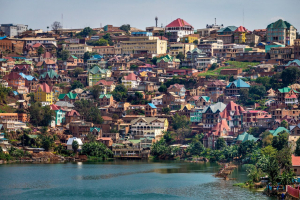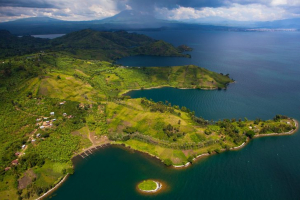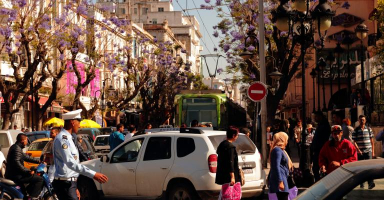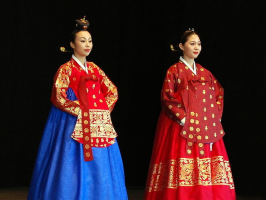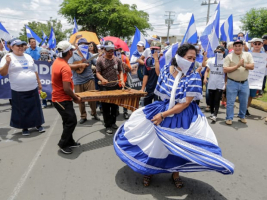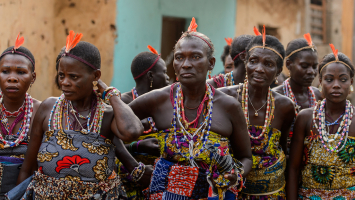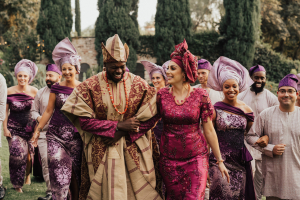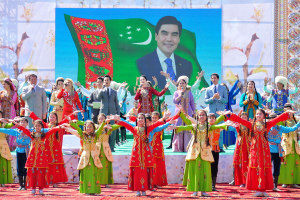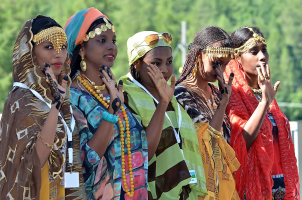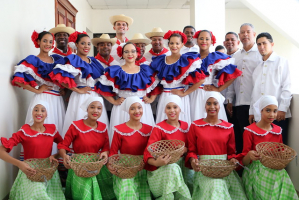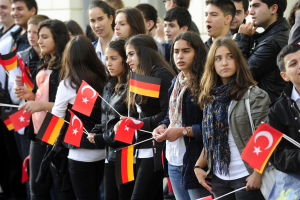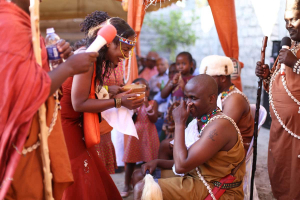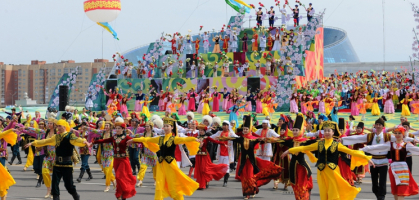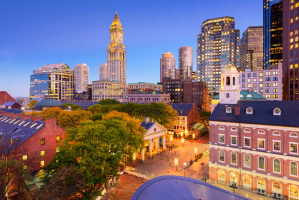Top 7 Democratic Republic of the Congo Culture, Customs, and Etiquette
Congo, as many refer to it, is a "geological scandal" because of its indescribable, enormous mineral wealth. The traditions and culture of the Democratic ... read more...Republic of the Congo combine the influence of tradition on the region, as well as influences from abroad that arrived during the colonial era and have continued to have a strong influence, without destroying the individuality of many tribal' customs. Here is a list of the Democratic Republic of the Congo culture, customs, and etiquette.
-
The honored position for guests at the Democratic Republic of the Congo dinner table is next to the host. Your toes and feet should not be pointing toward the food or other diners when seated. Honored guests are served first, followed by the oldest male, the other men, children, and women. People do not start eating or drinking until the oldest man has been served and has begun eating.
Eating customs differ greatly. In cities, silverware is widely used, but in rural areas, people frequently eat with their hands. People eat with only their right hand's fingers. Men and women may dine separately, washing their hands at the end of the meal in bowls of warm soapy water. Depending on the local custom, portions may be served individually or in a communal bowl. When people share a bowl, they only eat from the portion directly in front of them. Only the oldest are in charge of distributing meat to those who are eating the meal.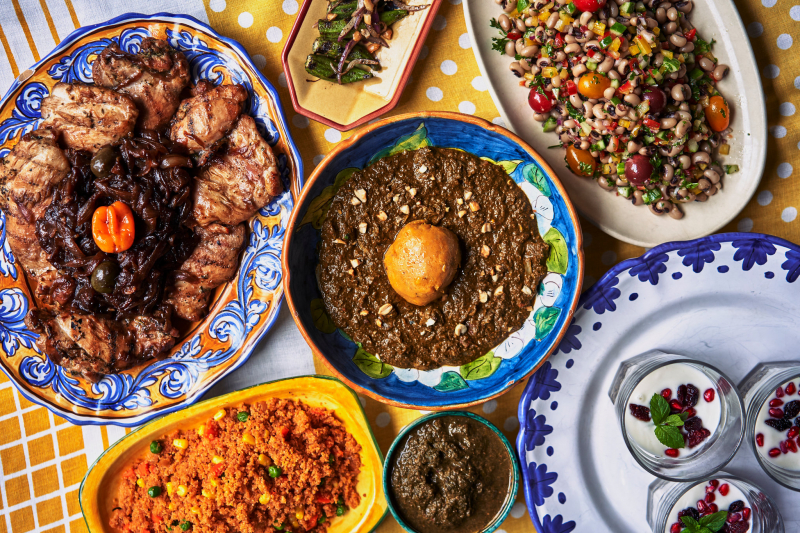
traveltank.com 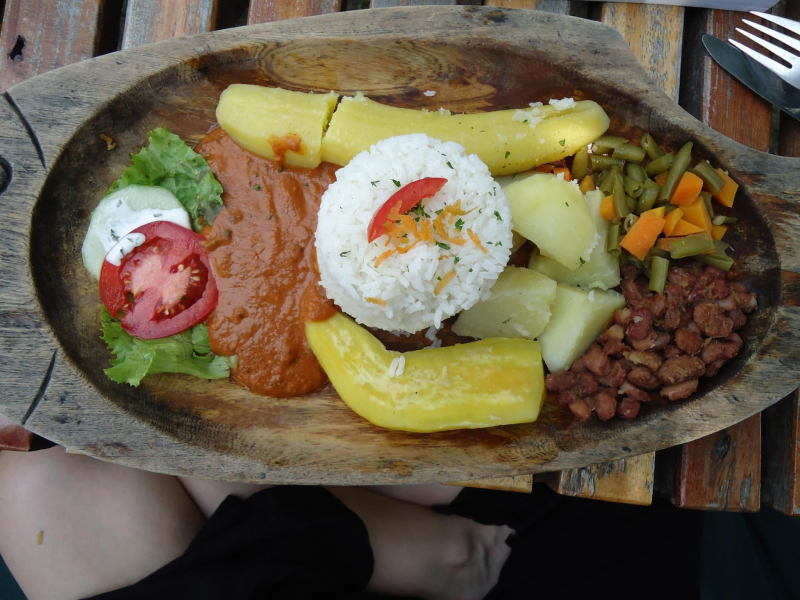
pinterest.com -
Men and women in the Democratic Republic of the Congo enjoy dressing up in nice clothes with bright colors. The Congolese dress in a style known as "Liputa," which translates to "wearing colorful materials." Wearing nice clothes is extremely important in this country because the nicer the clothes are, the more respect one will receive. Hats and headwraps are extremely popular in Congo fashion. Because of the oppressive heat, the headwear offers sun protection and shade.
On regular days, the ladies dress in a top and skirt with a headdress, which is a very popular style in the country. The colors and patterns on these tops, headdresses, and skirts are usually bright. Women always wear dresses, never pants. Congolese men also place a high value on fashion. Men began to dress in a style known as "Les Sapeurs" in the 1970s, in which they wore nice clothes such as suits and a variety of bright colors. They frequently purposefully clash their colors in order to stand out, and they wear very nice shoes.
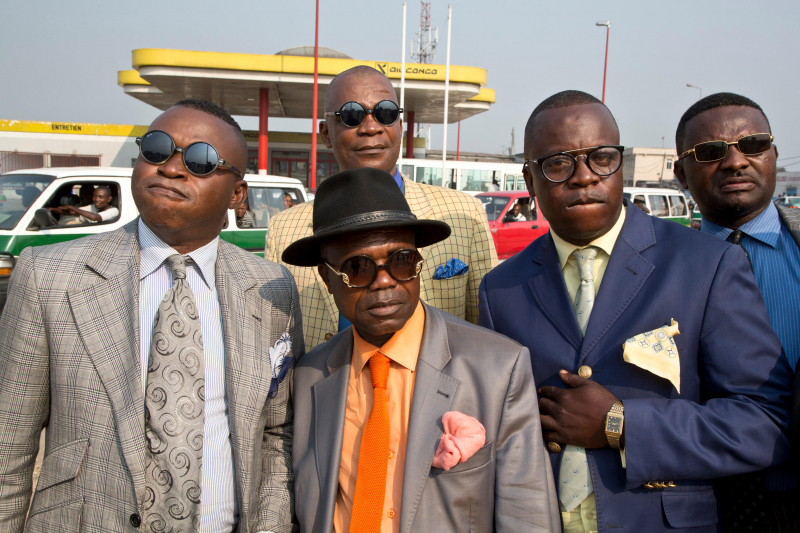
theculturetrip.com 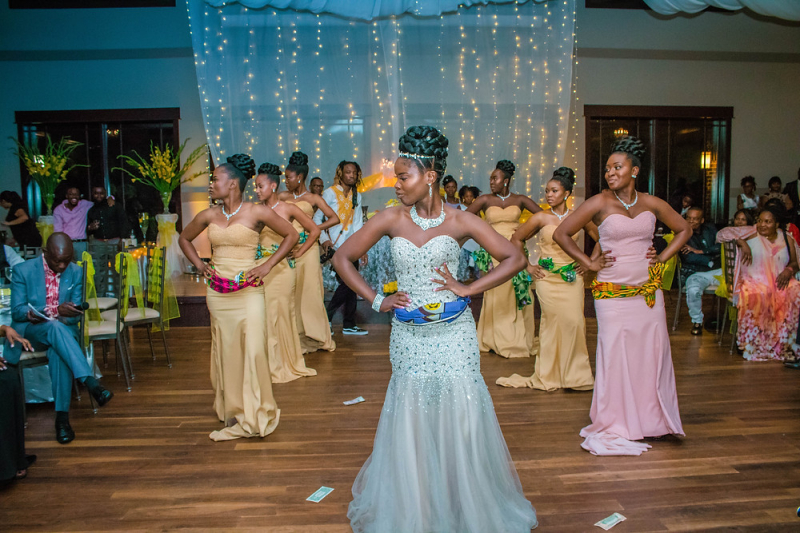
cassandravagher.com -
In DRC, when you walk into a room full of people, you should shake hands and say something like "Bonjour" or "Jambo." African culture is formal, and it is important to take the time to appreciate and thank one another. When greeting each other, men (and sometimes women) will touch their heads three times from side to side and on the forehead.
Women are frequently addressed as "Mama" as a sign of respect or friendship, whereas men are addressed as "Papa." Women may also be addressed by their husbands' names. At each meeting, expect at least one team member to be asked to speak. Congolese people hold authority and elders in high regard; it is customary to thank leaders by name when they ask you to speak. Also, when someone enters the room, do not rush to greet them, especially if they are elderly.
When greeting someone, hold your right forearm with your left hand while shaking hands to show deep respect. You might overhear someone telling a friend they haven't seen in a while that she has gotten fatter. Though gaining weight is viewed negatively in the United States, it is viewed positively in the Democratic Republic of the Congo, so the comment is meant as a compliment.

twitter.com 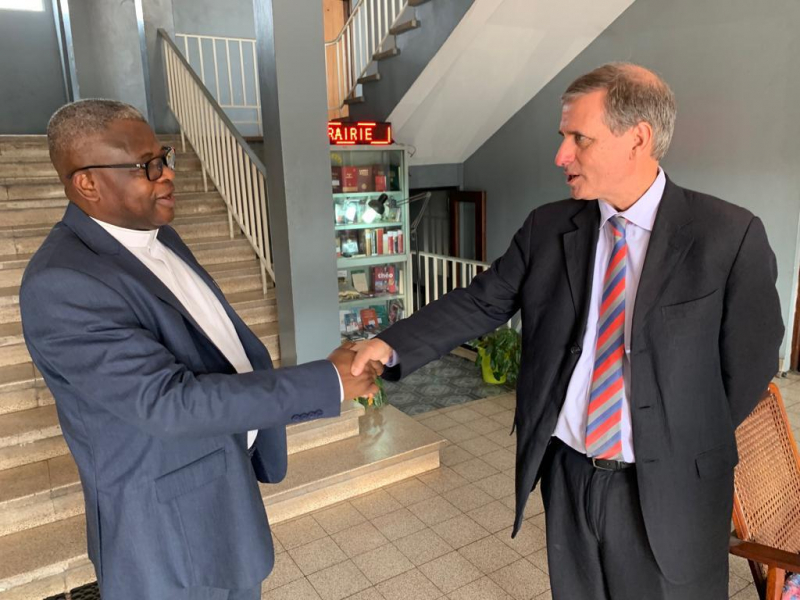
cd.usembassy.gov -
Congolese people are generally friendly and accommodating in both personal and business interactions. Protocol, on the other hand, is still important in business meetings and transactions, particularly with government officials. Common sense, courtesy, and European social etiquette rules apply. The most common forms of address are "Monsieur," "Madame," and "Mademoiselle." Senior government officials should be addressed using their formal titles (such as Excellency or Mr. Minister). In the Democratic , French is the business language; almost all meetings will be held in French, though it is acceptable to bring an interpreter. Meeting requests, particularly with government officials, should be made in writing.
It is uncommon for business trips to the DRC to run on time. Most take longer and require more patience than in the United States. Allow extra time and resources when scheduling appointments to establish a date and time. Be prepared for last-minute delays or cancellations, especially for meetings with government officials, with the length of the delay increasing proportionally to the official's position. The private sector is a little more punctual. You can reconfirm appointments one day ahead of time.
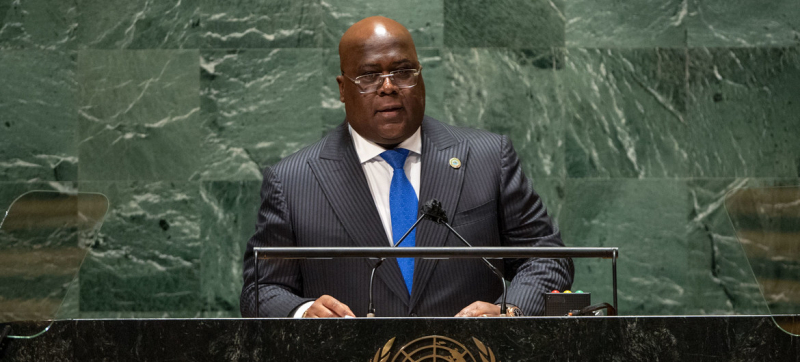
un.org 
unsplash.com -
The Democratic Republic of the Congo, like most African countries, is famous for its ancient sculptures and masks, which can be found in museums all over the world. The impact of Congolese sculpture on modern art and the cubism movement has been well documented. Pottery, basketry, textiles such as raffia, and wood carving are also popular Congolese handicrafts. There are at least fifty different styles of sculpture associated with the tribes.
They bear the name of the tribe where they were created and raised. Kongo, Teke, Holo, Suku, Pende, Mbala, Ngbandi, Ngbaka, Azande, Mangbetu, Mongo, Mbole, Lengola, Kuba, Luba, Songye, Lega, Bembe, Hemba, and Tshokwe are the most common. There are numerous other tribes that create valuable works of art. The most common material is wood, followed by ivory, bone, plant fiber, and metal: stone. Cowry shells, beads, feathers, animal skins, kaolin, and vegetable colors are also used to complement and decorate a variety of works in DRC.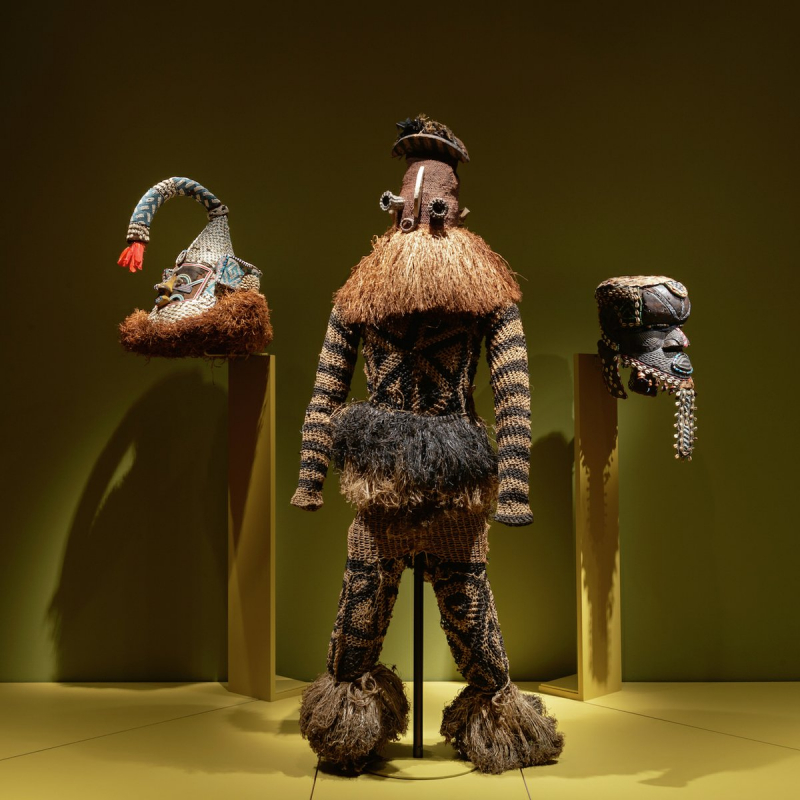
virginialiving.com 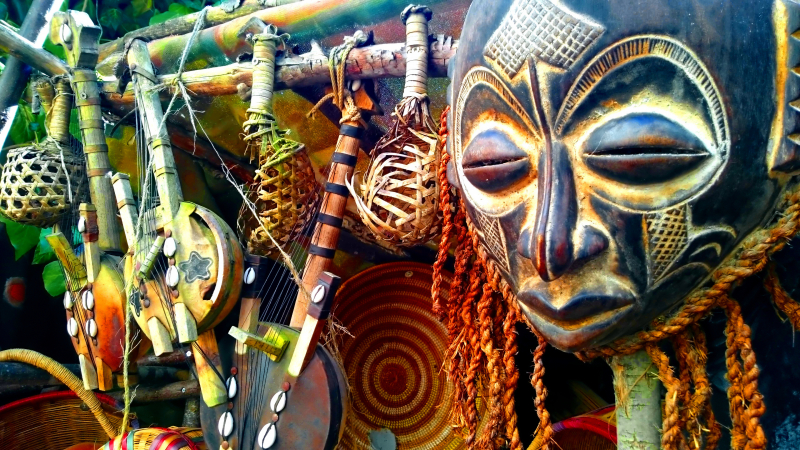
usatoday.com -
When compared to Northern Africa, where the majority of the population is Muslim, the Sub-Saharan region in which the Democratic Republic of the Congo is located is known to have a high level of religious diversity. Indeed, Christianity in its various forms is the most widely practiced religion in the country. The Democratic Republic of the Congo has a long history of Christianity, dating back to 1484, when Portuguese colonists arrived and missionaries established some high-profile conversions. King Alfonso I of Congo established diplomatic relations with the Vatican, the seat of Catholicism, in 1506. During the Belgian colonial era, there was a greater number of people who converted to Christianity.
Surprisingly, many Christian and Muslim adherents incorporate elements of traditional African religions into their respective beliefs. Religious services are attended by approximately 90% of the population once a week. In its constitution, the Democratic Republic of the Congo has also made religious freedom a basic human right. Foreign missionaries are free to operate within the Democratic Republic of the Congo, and as a result, the country has been heavily influenced by other countries in terms of religion.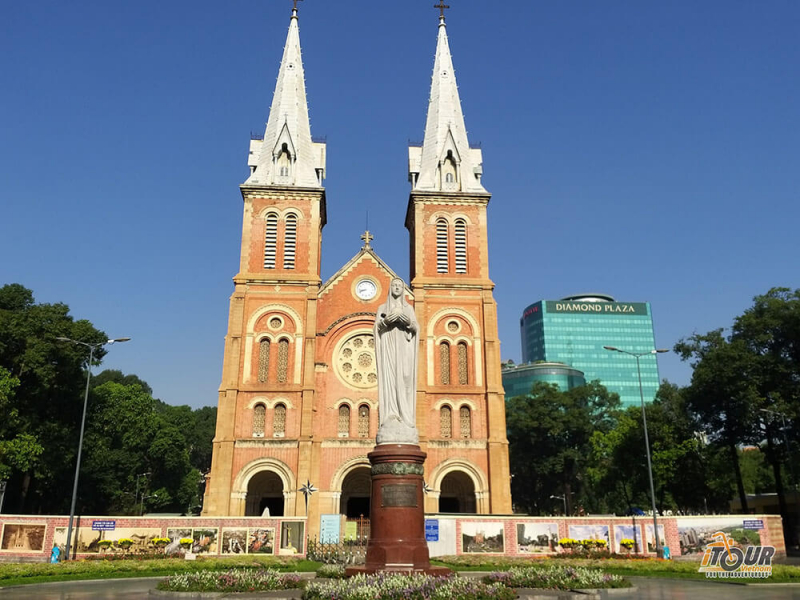
itourvn.com 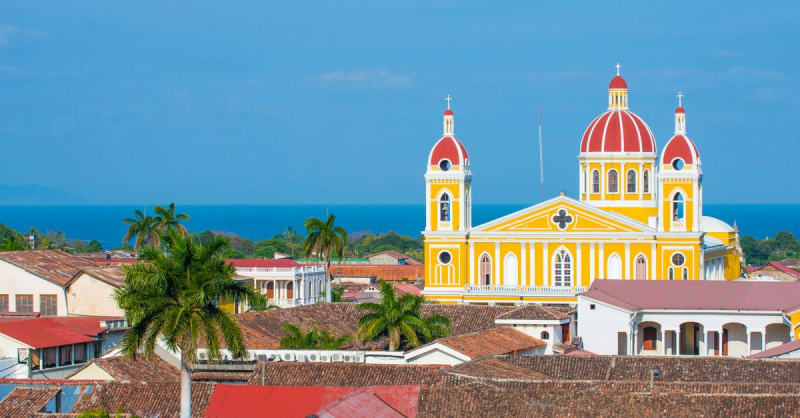
wildfrontierstravel.com -
In the Democratic Republic of the Congo, the wedding ceremony includes a lot of dancing and singing. Everyone goes to the groom's house after the ceremony. A cow is slaughtered as a symbol of the bride's welcome in her new home. By putting money in the stomach of a cow, the bride officially becomes a member of the new family. The wedding concludes with a ceremony known as "ukwaba," in which the bride presents special blankets to her new family.
Previously, single women in the Congo belonged to their fathers, and when they married, their ownership was transferred to the husband. In exchange for his loss of valuable labor and kinship, the man's father would give the new wife's father gifts such as knives, food, or slaves.
Men in rural areas are accustomed to having multiple wives. Most village chiefs or headmen have more than one wife. The goal is to have a large number of children who live to adulthood, providing the household with enough hands to complete the numerous chores required for survival. At times, however, women married to the same man compete for kitchens, food, affection, and children.
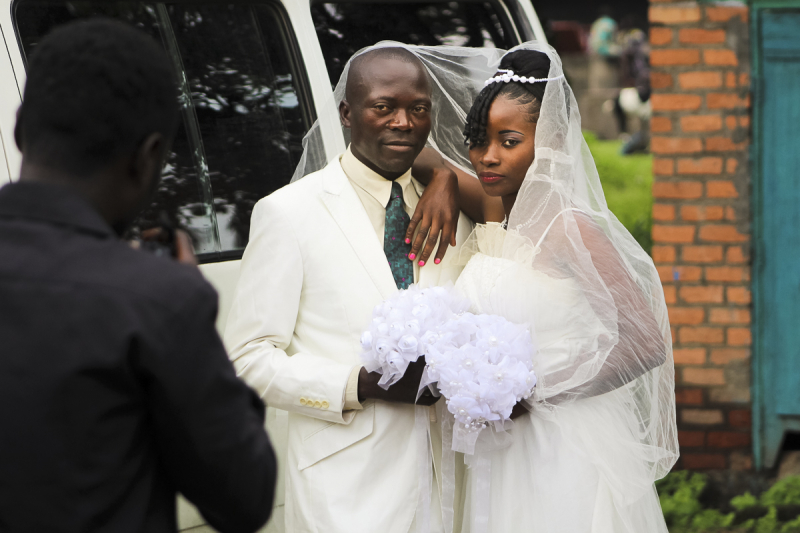
globalpressjournal.com 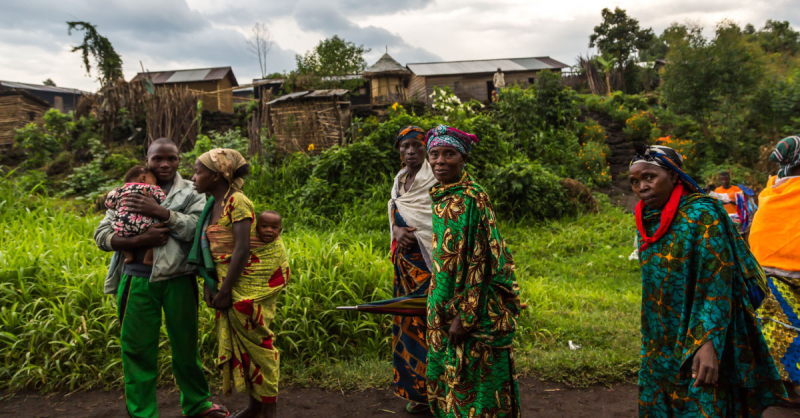
niussp.org









